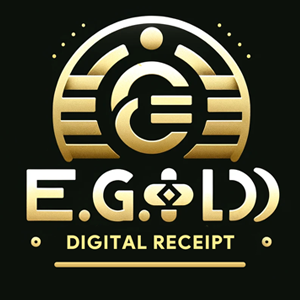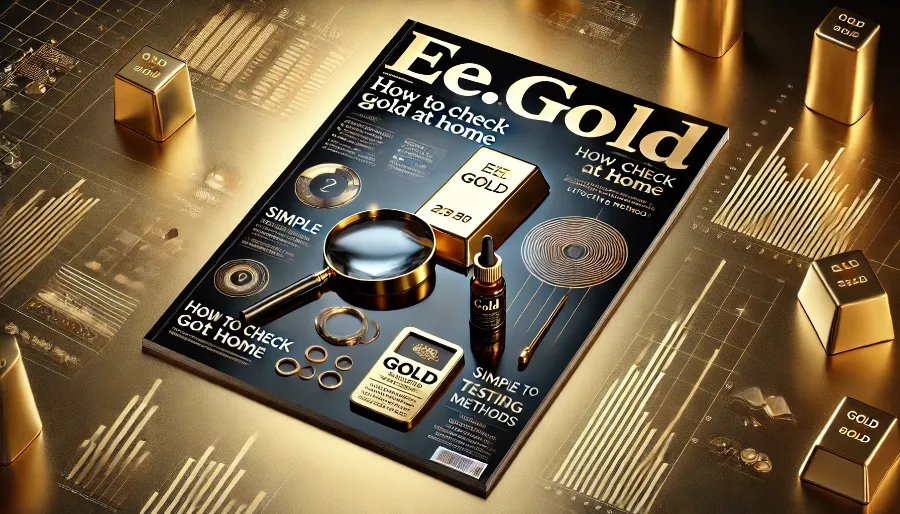
Gold has always been a prized possession, admired for its value and beauty. In 2025, as counterfeit gold becomes more widespread, knowing how to check gold at home is an invaluable skill. Whether you're inspecting family heirlooms, newly purchased jewelry, or gold coins, verifying their authenticity can save you from potential losses and ensure you’re holding real, valuable gold.
This guide will walk you through various methods to check gold at home, from quick and easy tricks to more detailed testing techniques.
Why Check Gold at Home?
Checking gold at home gives you immediate answers and helps you:
Avoid Fake Gold
Counterfeit gold can look convincing but often lacks the durability and value of real gold.Confirm Purity
Even authentic gold can vary in purity, impacting its price and usage.Save Time and Money
DIY testing avoids the need for professional testing services and saves you from traveling to jewelers or labs.Gain Confidence
Knowing how to verify gold ensures you’re making informed decisions when buying or selling.
Basic Tools You’ll Need
To effectively check gold at home, gather these tools:
- A magnet
- An unglazed ceramic plate
- A magnifying glass
- A gold testing kit (optional but recommended)
- A bowl of water
How to Check Gold at Home: Step-by-Step Methods
Visual Inspection
Start by examining the gold item closely. Look for hallmarks, which are small stamps indicating gold purity (e.g., 24K, 18K). Use a magnifying glass to inspect these marks. Check for wear and discoloration on edges or surfaces—real gold doesn’t tarnish, but fake or gold-plated items might.Magnet Test
Gold is not magnetic, so it won’t stick to a magnet. Place a strong magnet close to the gold item. If it’s attracted, the piece is likely fake or made with magnetic metals. This method is quick but not foolproof since some non-gold metals also aren't magnetic.Water Test
Fill a bowl with water and drop the gold item into it. Real gold is dense and will sink immediately, while fake gold or hollow items may float or sink more slowly.Scratch Test
Use an unglazed ceramic plate and gently rub the gold against its surface. Real gold leaves a golden streak, while fake gold or plated items leave a black or gray mark. This test can cause minor scratches, so handle with care.Bite Test
Although popularized in movies, the bite test is not the most reliable method. Gently bite down on the gold piece—real gold is soft and may show a slight indentation. However, this test is less accurate for modern jewelry or gold coins, which are often alloyed with harder metals.Acid Test
For a more accurate result, consider using a gold testing kit. These kits include nitric acid and karat-specific solutions. Apply a small drop of acid to the gold surface. Real gold resists acid and won’t react, while fake gold may change color, bubble, or dissolve. Always use gloves and work in a well-ventilated area when performing this test.Weight and Density Test
Gold is exceptionally dense, with a density of 19.3 g/cm³. Weigh the item using a digital scale and calculate its volume by measuring the displacement of water in a graduated cylinder. Divide the weight by the volume to determine its density. If the result is close to 19.3, the gold is likely real.
Tips for Accurate Results
Test Multiple Areas
For items like chains or rings, test different parts of the piece to ensure consistent results.Be Gentle
Avoid using excessive force during tests like the scratch or bite test to prevent damage.Combine Methods
For better accuracy, use multiple testing techniques instead of relying on one method.
Signs of Fake Gold
Tarnishing or Discoloration
Gold-plated or fake gold items often show discoloration in areas of frequent wear, such as edges or clasps.Light Weight
Fake gold is usually lighter due to less dense materials being used.Magnetic Properties
Gold should not be attracted to a magnet.No Hallmark
The absence of a hallmark stamp is a red flag, though some older items may lack one.Inconsistent Color
Real gold has a uniform color throughout, while fake gold may have uneven or patchy tones.
Professional Testing Alternatives
If at-home tests leave you uncertain, consult a professional jeweler or gold dealer. They can use advanced tools like:
X-Ray Fluorescence (XRF) Analysis
This non-invasive method provides precise results by analyzing the metal’s composition.Electronic Gold Testers
These devices measure conductivity to determine gold purity.Ultrasound Testing
Perfect for large gold bars, this method checks for consistency and density.
FAQs
What’s the easiest way to check gold at home?
The magnet test and water test are the simplest methods to start with.Can I rely on hallmarks alone?
No, while hallmarks are helpful, they can be faked. Always use additional tests.What density should real gold have?
Pure gold has a density of 19.3 g/cm³.Can gold be magnetic?
No, real gold is non-magnetic.How accurate is the bite test?
The bite test is not very reliable and can damage the item or your teeth.Is the acid test safe?
Yes, when done carefully with gloves and proper ventilation, the acid test is safe.Where can I buy a gold testing kit?
Gold testing kits are available online or at jewelry supply stores.Can I test gold-plated items at home?
Yes, tests like the scratch and acid test can reveal the base metal beneath the plating.How do I check the purity of gold jewelry?
Combine tests like the acid test, hallmark inspection, and weight measurement for accurate results.Should I consult a professional for valuable gold items?
Yes, for high-value items like coins or heirlooms, professional testing ensures precise results.
By following these simple methods, you can confidently check your gold at home. Whether you’re inspecting jewelry, coins, or bars, these tests will help ensure your gold’s authenticity and value.
NOTE
This Content is the copyrighted content of EE.GOLD. All rights are reserved. You are welcome to share or use our content only by including direct links to our website. Any other form of reproduction, distribution, or use without proper attribution is strictly prohibited.
This Content is intended solely for educational purposes. The information provided does not constitute financial or investment advice.
Please note that Digital Storage Receipt, Secure Storage Solutions, and Physical Gold Sales are the only services offered by EE.GOLD.
We strictly adhere to government regulations and are firmly against all illegal financial or investment activities globally.
For further inquiries, feel free to contact us through our official channels.

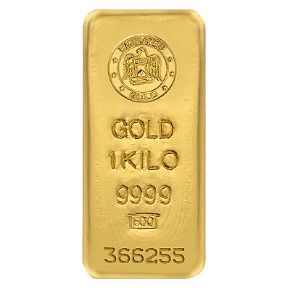
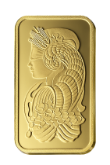



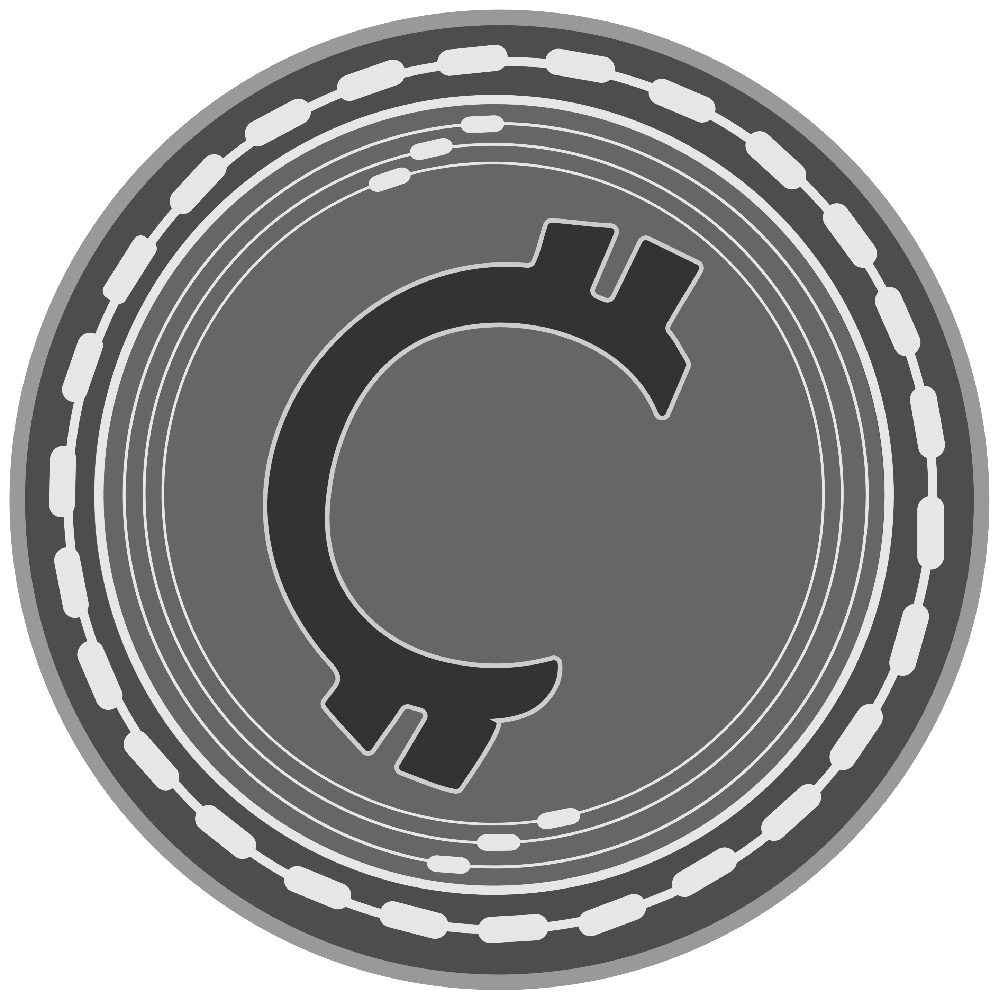

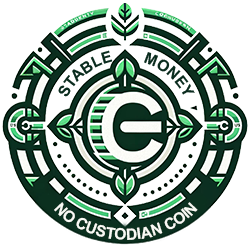

.png)

